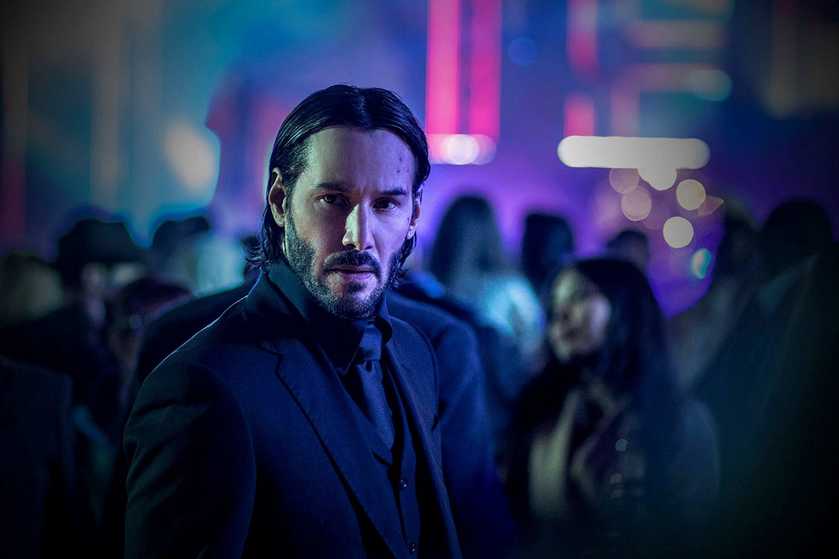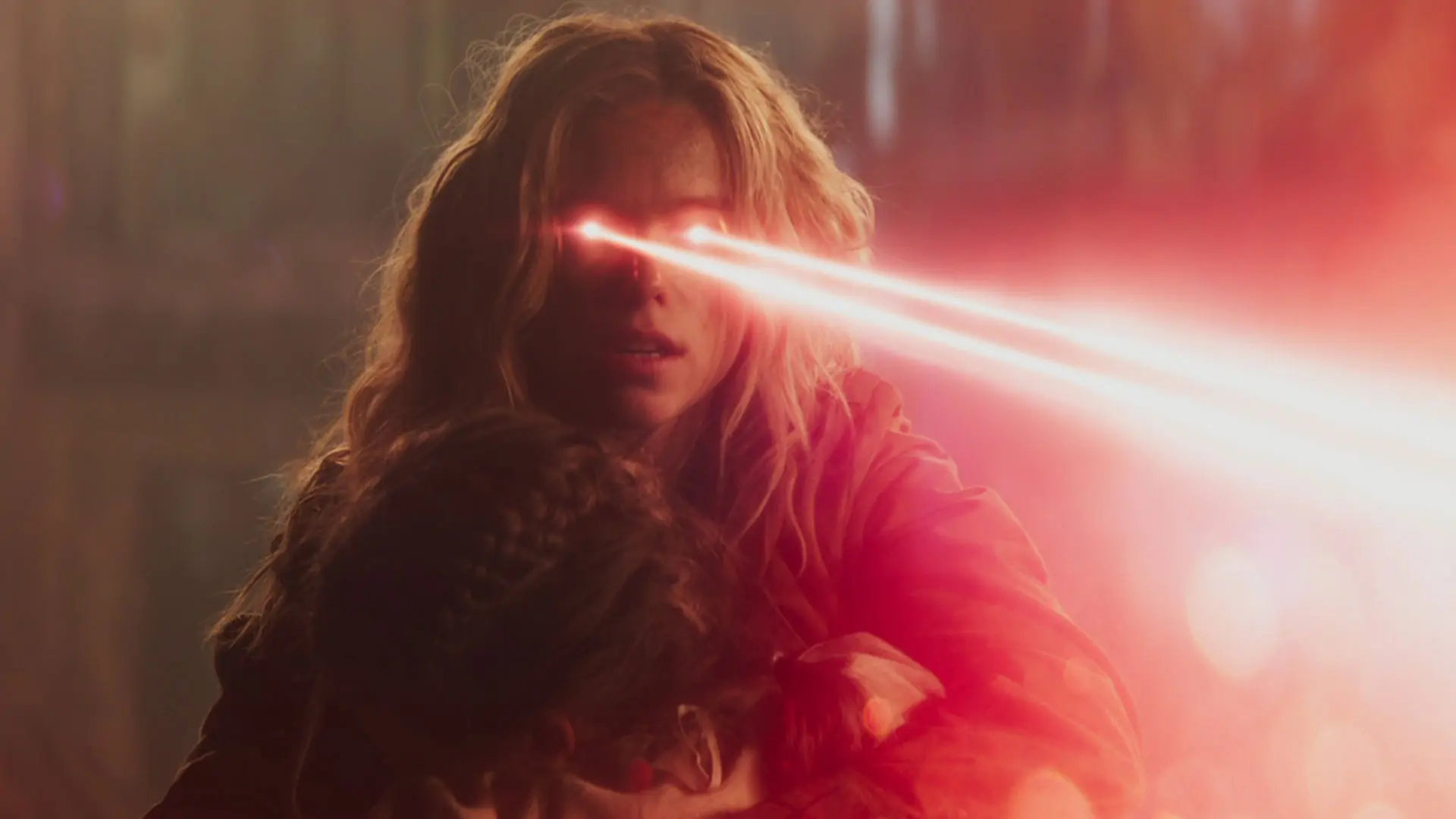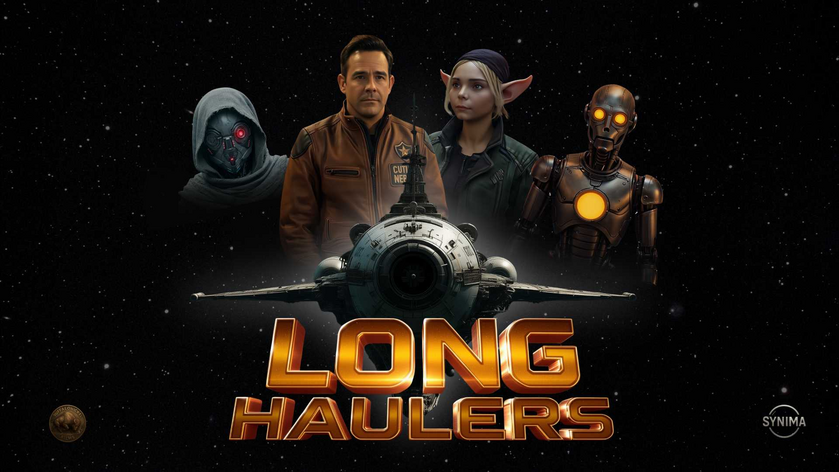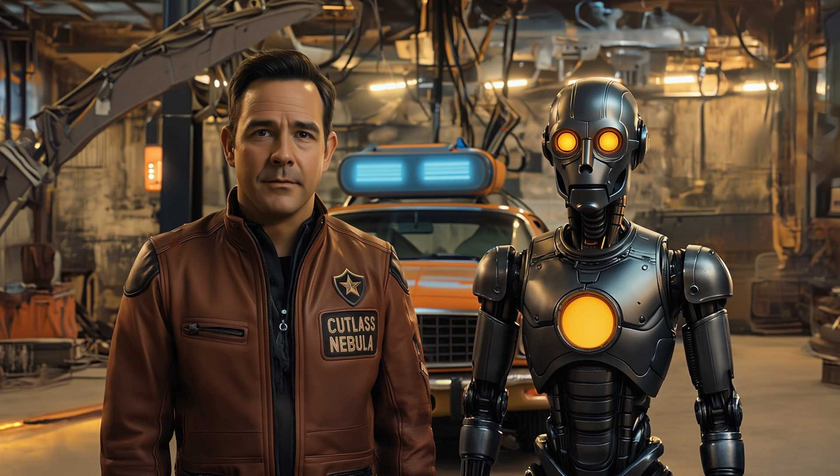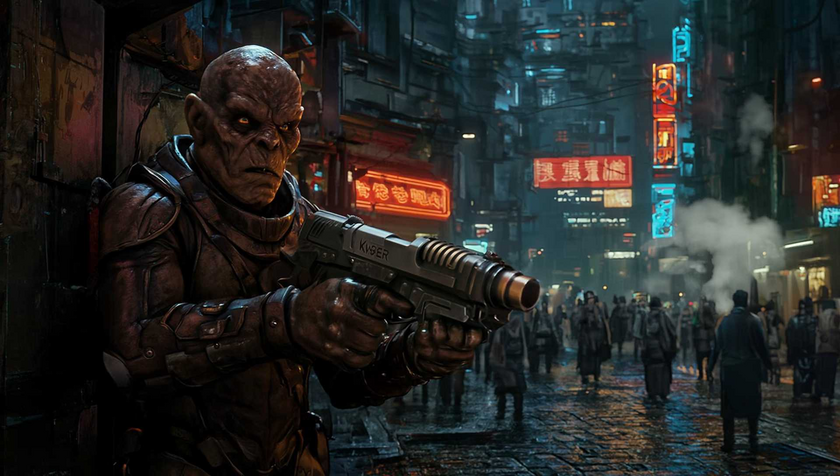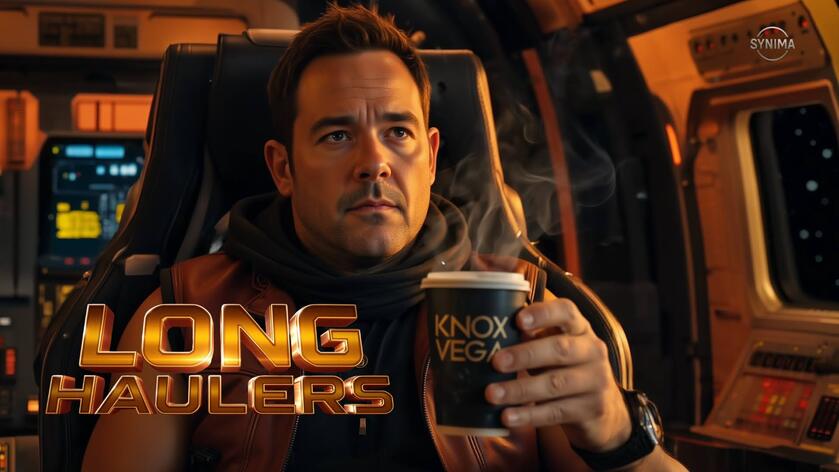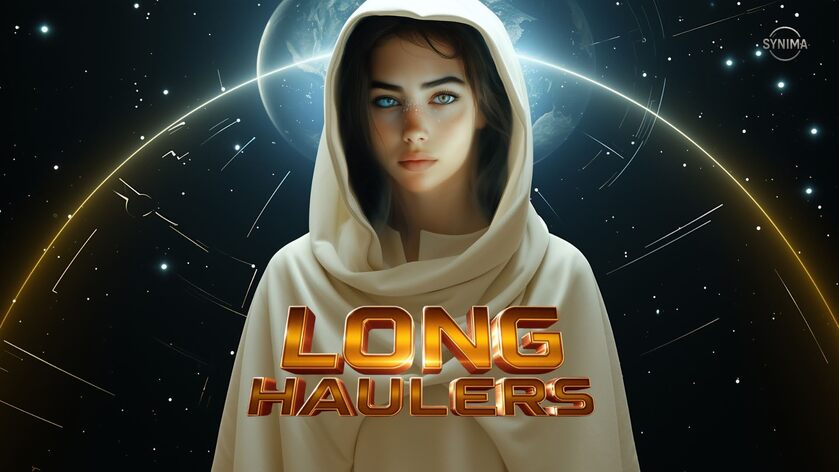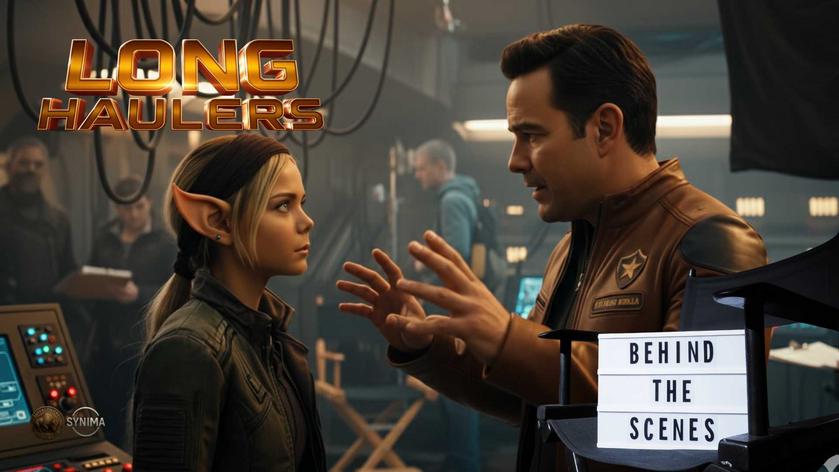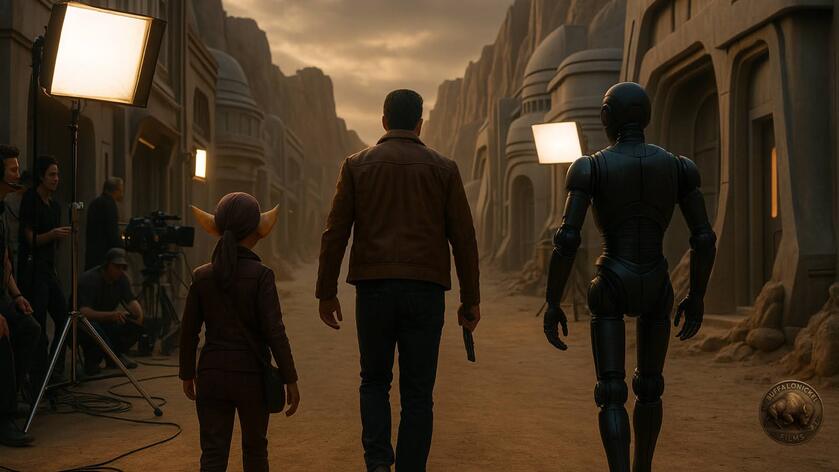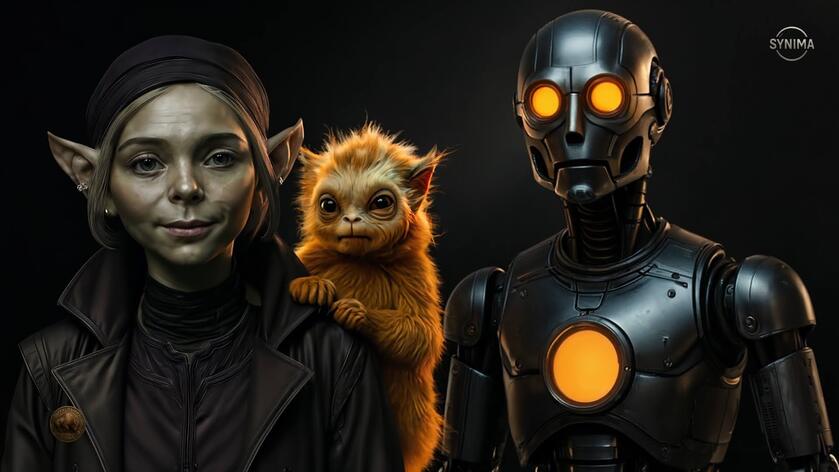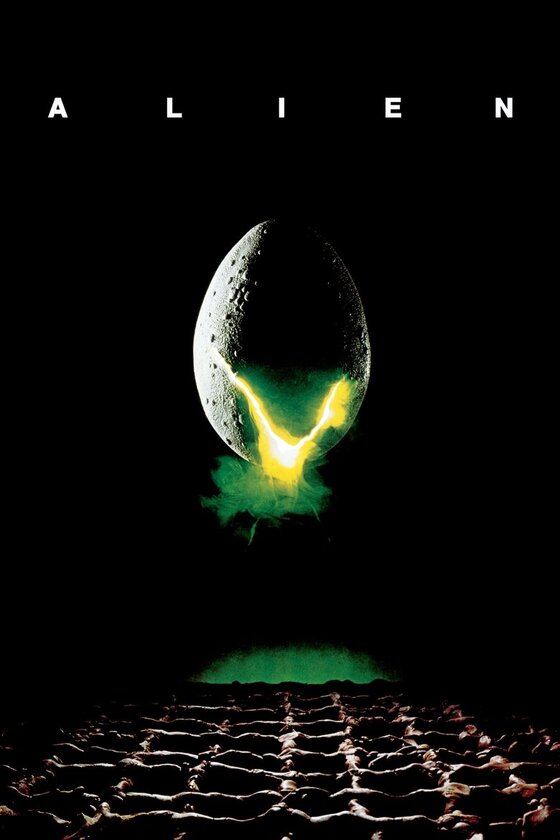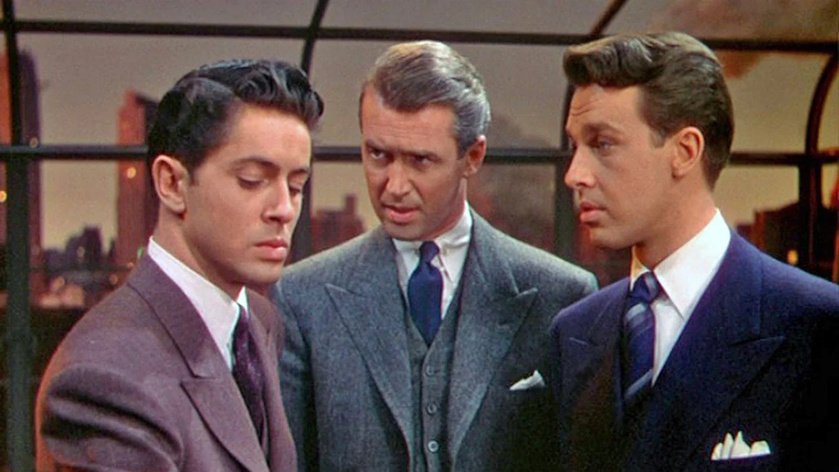On Sunday I did something I rarely do and watched two movies in one day. Ever since John Wick: Chapter 4 came out in March I’d had it in mind to rewatch the first three (which I’d only seen once each) before the home release. And of course, I didn’t get around to completing that minor task until after the Chapter 4 disc was on its way to my mailbox.
We won’t talk about how much Burn Notice I watched in that time.
To be honest, I didn’t remember a thing about John Wick: Chapter 2. Twitter helpfully reminded me that it’s the one where John shoots and stabs a bunch of people. Chapter 3 - Parabellum stands out a little more in my memory, as it’s the first Wick I saw in the theater and really leans hard into the worldbuilding, but it wasn’t anything that I absolutely had to watch again right away. I enjoy the rainy, neon-lit world of shadowy assassins and Suicide Girl (don’t look that up) switchboard operators. I enjoy the ballet-like violence.
That’s what everyone likes.
But there has to be more.
Whenever something finds lasting appeal, I have to ask why. Violence is nothing new, even when it’s done with grace and creativity. The tortured man who barely speaks with anything but his guns and his fists is nothing new either. Yet for some reason these films have found cultural resonance that surprised even the filmmakers. And even if we don’t want to tap into that ourselves, we should want to understand just why that is.
I have a theory.
